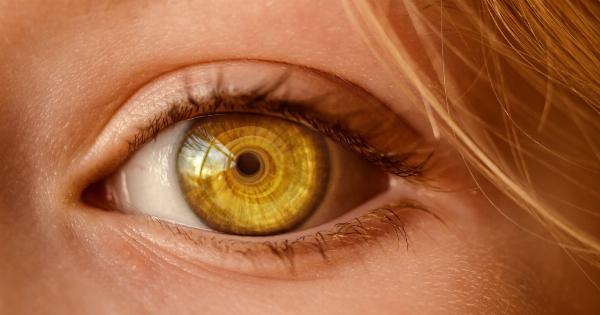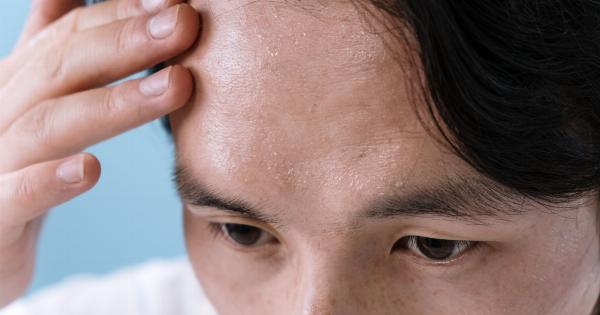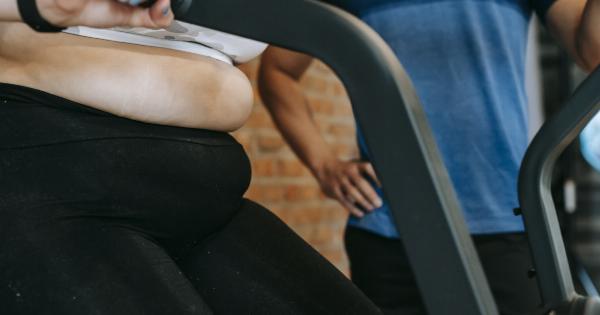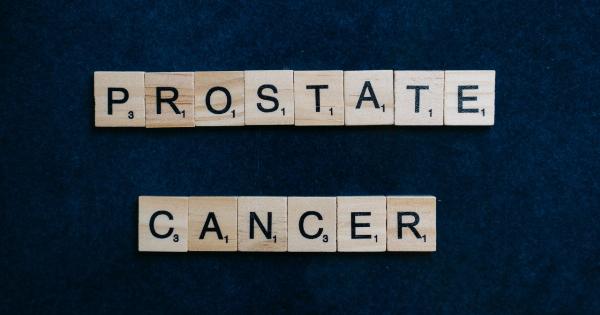Bed-wetting, also known as nocturnal enuresis, is a common problem that affects many children and even some adults. It can be a cause of concern for both the person experiencing it and their caregivers.
Bed-wetting occurs when an individual involuntarily urinates while asleep, leading to wet sheets and often an embarrassing and distressing situation. In this article, we will explore the causes of bed-wetting, its impact on individuals and families, and various strategies to resolve this issue.
Understanding Bed-Wetting
Bed-wetting is more prominent in children, particularly during their early years. It is estimated that around 15-20% of 5-year-olds experience nocturnal enuresis. However, it can persist into adolescence and adulthood in some cases.
There are two main types of bed-wetting:.
Primary Enuresis
Primary enuresis refers to bed-wetting in a child who has never achieved consistent dryness at night. It is mostly related to developmental factors, such as slower maturation of the central nervous system controlling bladder function.
Secondary Enuresis
Secondary enuresis occurs when an individual who has achieved consistent dryness for at least six months starts wetting the bed again.
It is often triggered by underlying physical or emotional factors, such as urinary tract infections, diabetes, stress, or trauma.
Possible Causes
The exact causes of bed-wetting can vary from person to person. Some potential factors that contribute to the occurrence of bed-wetting include:.
1. Genetics
Research suggests that bed-wetting may have a genetic component. If one or both parents experienced bed-wetting as children, their offspring are more likely to encounter the same issue.
2. Hormonal Imbalance
In some cases, bed-wetting can be linked to hormonal imbalances that affect the production of antidiuretic hormone (ADH).
ADH plays a crucial role in signaling the kidneys to produce less urine at night, allowing for uninterrupted sleep without nocturnal enuresis.
3. Bladder Size and Control
In children, a smaller bladder or weak control over the urinary sphincter muscles can contribute to bed-wetting. As the bladder capacity increases and the control over the muscles strengthens, bed-wetting tends to subside gradually.
4. Psychological Factors
Emotional stress, anxiety, or trauma can contribute to bed-wetting, especially in cases of secondary enuresis.
These factors may disrupt the normal sleep patterns and cause the person to sleep more deeply, making it difficult to respond to the body’s signals of a full bladder.
Treatment Options
Resolving bed-wetting requires a comprehensive approach that addresses the underlying cause while providing support and understanding to the individual. Here are some strategies commonly used to manage and treat bed-wetting:.
1. Behavioral Interventions
Behavioral interventions focus on promoting healthy habits and patterns around bedtime. This can include limiting fluids before bed, ensuring regular toilet trips before sleep, and implementing rewards systems for dry nights.
2. Enuresis Alarms
Enuresis alarms are devices that are worn during sleep and detect moisture. When the alarm senses wetness, it produces a sound or vibration, waking the person and training their brain to associate a full bladder with waking up.
Over time, this can help regain control over bladder function.
3. Medication
In certain cases, medication may be prescribed to address the underlying causes of bed-wetting. For instance, medications that regulate ADH levels or relax bladder muscles can be helpful.
However, medication should always be used under medical supervision and as a part of a broader treatment plan.
4. Therapy and Emotional Support
In cases where psychological factors play a significant role, therapy and emotional support can be beneficial. Addressing anxiety, stress, or trauma can not only help resolve bed-wetting but also improve overall emotional well-being.
Impact on Individuals and Families
Bed-wetting can have various impacts on individuals and families. For the person experiencing it, bed-wetting can lead to embarrassment, low self-esteem, and a reluctance to participate in social activities like sleepovers or camping trips.
It can also affect the person’s quality of sleep, leading to fatigue and daytime drowsiness.
For families, dealing with the practical aspects of bed-wetting, such as changing sheets, doing additional laundry, and purchasing protective bedding, can be exhausting.
It may also result in strained relationships due to the stress and frustration associated with the ongoing issue.
When to Seek Medical Help
In most cases, bed-wetting is considered a normal part of development and tends to resolve over time. However, it is important to consult a healthcare professional if the bed-wetting persists or if it starts suddenly after a period of dryness.
A medical evaluation can help identify any underlying medical or psychological conditions that may require specific treatment.
Celebrating Dry Nights
It is essential to approach bed-wetting with empathy, understanding, and patience. Celebrating dry nights, acknowledging progress, and avoiding blame or shame are crucial in supporting individuals as they work towards overcoming this challenge.
With the right strategies and support, bed-wetting can be successfully managed, helping individuals and families regain peace of mind and sound sleep.






























